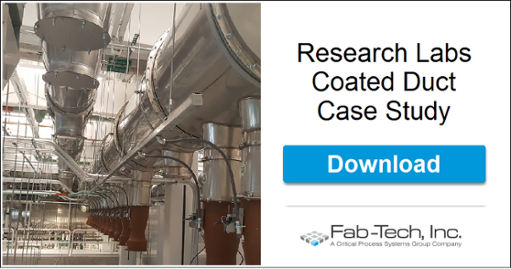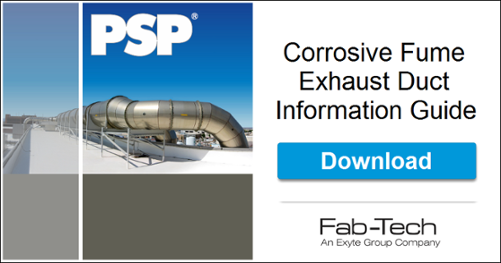Advantages of Ducted Versus Ductless Fume Hoods
When it comes to furnishing research labs with their necessary ventilation equipment, it can sometimes feel like a "zero-sum-game" trying to balance system performance and safety with cost and convenience. With this balancing act in mind, below we will do a brief comparison of ducted vs ductless fume hoods for your research lab space./chemical-fume-hood.jpg?width=634&height=422&name=chemical-fume-hood.jpg) 1) Safety - Ducted fume hoods are widely accepted as the standard in most university and research lab settings as they are considered the safest and easiest to maintain for facility owners and workers alike. Ductless fume hoods, on the other hand, require more attention to ensure safe working conditions for all lab personnel including proper filter selection and installation, as well as proper filter disposal.
1) Safety - Ducted fume hoods are widely accepted as the standard in most university and research lab settings as they are considered the safest and easiest to maintain for facility owners and workers alike. Ductless fume hoods, on the other hand, require more attention to ensure safe working conditions for all lab personnel including proper filter selection and installation, as well as proper filter disposal.
2) Capacity - Internally-coated duct systems like PSP®, can convey large volumes of exhaust continuously with no need for downtime or maintenance. Ductless units, by comparison, may be limited in their capacity to process large volumes of hazardous fume exhaust due to their smaller/mobile size, and their need for frequent filter changes for capturing hazardous and/or corrosive exhaust.
3) Costs - Lab owners / managers who are considering ductless fume hoods must work with an expert to estimate how long the filters will last based on their needs. Some filters may only last a few months while others can last a few years. The need for frequent filter changes and/or chemical-specific carbon filters can become quite costly over the life of the product. These additional labor, parts and maintenance costs are virtually eliminated with a ducted system.
4) Convenience - For convenience in the layout of a lab space, ductless fume hoods are often considered to be more mobile and/or easier to reposition. However, it should not be overlooked that ductless units are still dependent on the location and availability of electrical outlets within the lab. If not anticipated or planned accordingly, this can result in less-than-optimal positioning of the units, ultimately compromising airflow patterns and average-face-velocities.
With PSP ducted systems, maintenance requirements on the duct is virtually eliminated, which translates to substantial gains in convenience. Moreover, flex connectors can be used to hook into the facility HVAC infrastructure without compromising the positioning of tools and equipment.
5) Capability - Finally, ductless hoods may not perform as well under extreme heat and they tend to require lower operating temperatures for increased absorption rate of chemicals in their carbon filters. By comparison, ducted fume hoods are not as affected by this issue because they exhaust gases to scrubbers (or other remediation systems) and out of the facility, rather than re-filtering them into the same space.
To conclude, if you are considering ductless fume hoods to handle hazardous fume exhaust, it helps to fully weigh the pros and cons of these systems against your existing needs. To assist in your research, please feel free to use the resources below for more information.
Learn more about PSP Fluoropolymer Coated Stainless Steel Fume Exhaust Duct Systems
OR
Download our research labs case study below.

